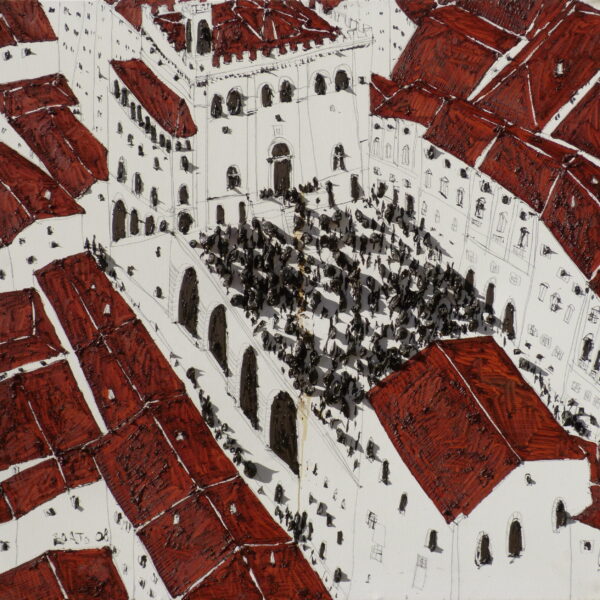Dangerous Crowds in Renaissance Italy. Violence, Music and Street Festive Experiences in Public Spaces (DAN-CRO)
Contemporary public opinion has focused renewed attention on a highly problematic social phenomenon of the past: unauthorised and spontaneous gatherings of revellers and merrymakers, perceived as potential threats to civic order and public health. History has a lot to teach us in this regard. In the Renaissance, despite prohibitions and work/festive time divisions, public spaces were routinely animated by people spontaneously gathered around street musicians performing. These occasions were important moments of socialisation: individuals of different genders, classes and ages freely mingled together, allowing interaction which was difficult to conduct in other social situations. Violence often resulted, causing the authorities to declare these parties dangerous, and to repress them with specific laws and punishments; but their casual nature made them virtually impossible to prevent and repress, thus creating serious problems of public order. DAN-CRO will explore these gatherings providing a new, dynamic view of Renaissance everyday life, looking at how ordinary individuals experienced festive activities, what motivations drove them to gather, how they interacted with public spaces, and why these activities contributed to Italy’s high rates of interpersonal violence. It will look at all these aspects from two distinct points of view, that of the participants and that of the authorities. It will draw on sources offered by Italy’s incomparably rich criminal archives, analysing them with an innovative interdisciplinary approach based on psychological, sociological, anthropological, as well as historical methodologies.
Academic Partner: University of Trento, Department of Sociology and Social Research.
Funding Institution: Next Generation EU – MUR
SEE THE CALL FOR THE NEXT STUDY WEEK – 10 grants available

Partners
Sponsors
People
Related Events
-
The conference involves scholars from different disciplines to offer new perspectives on crowd research in history. It is divided into five sessions, dedicated to different aspects of the crowd: Images and Representations, Law and Regulations, Emotions and Experience, Politics, and Performance.More info

